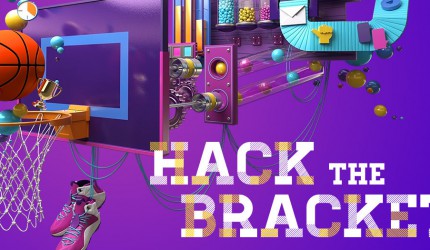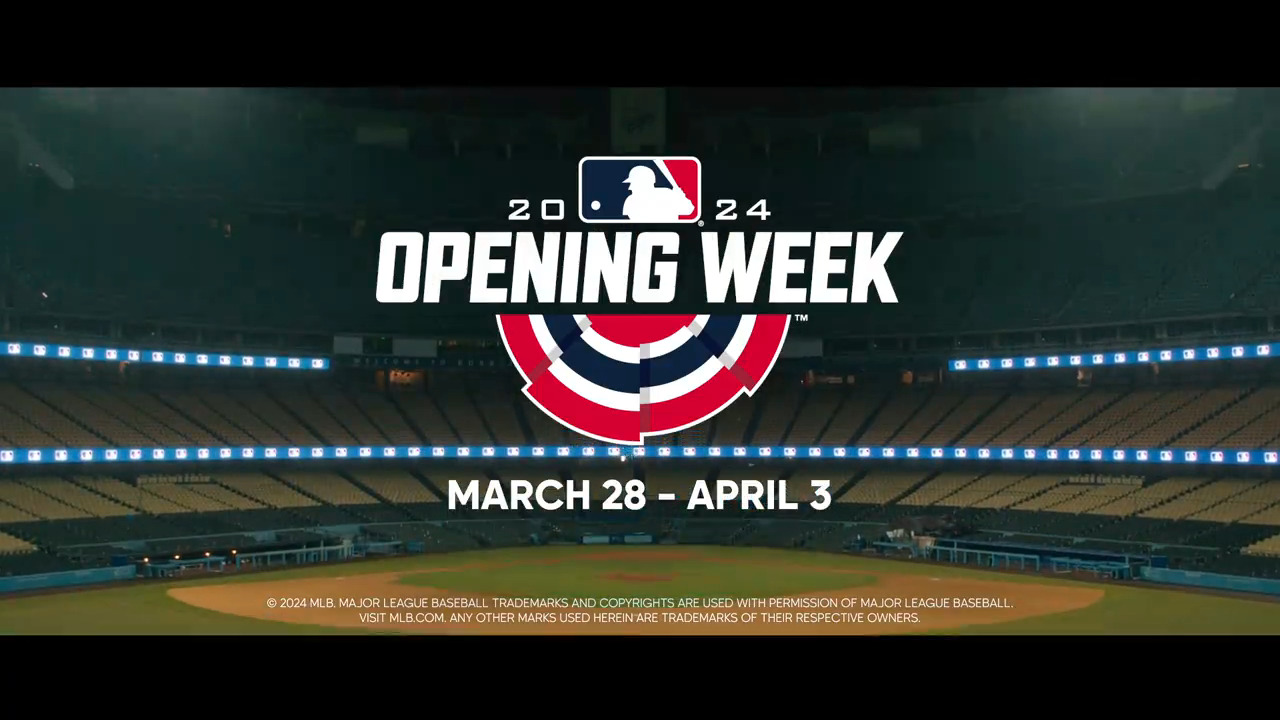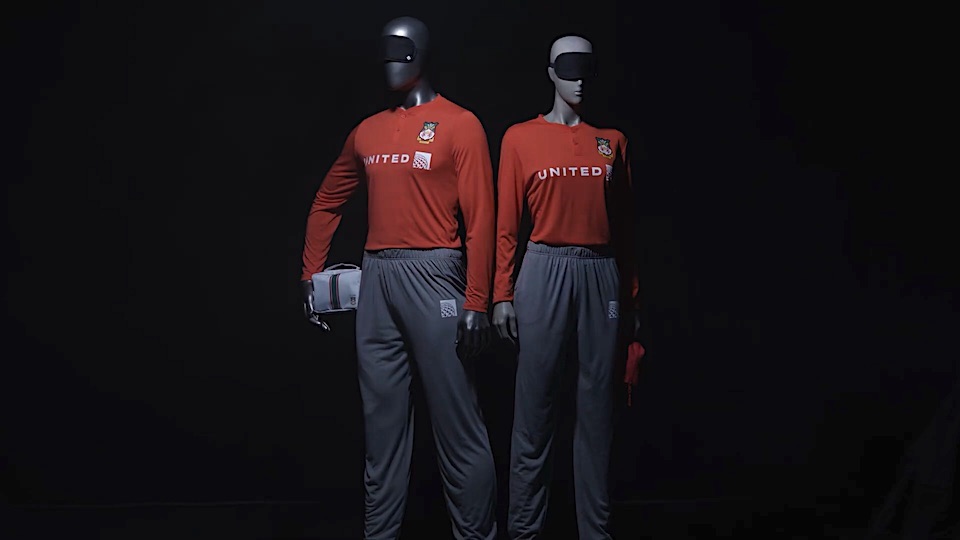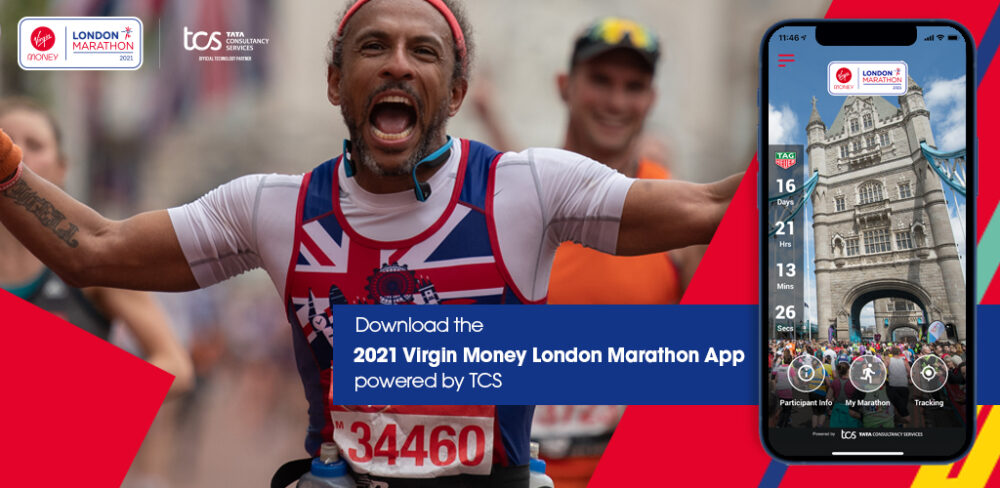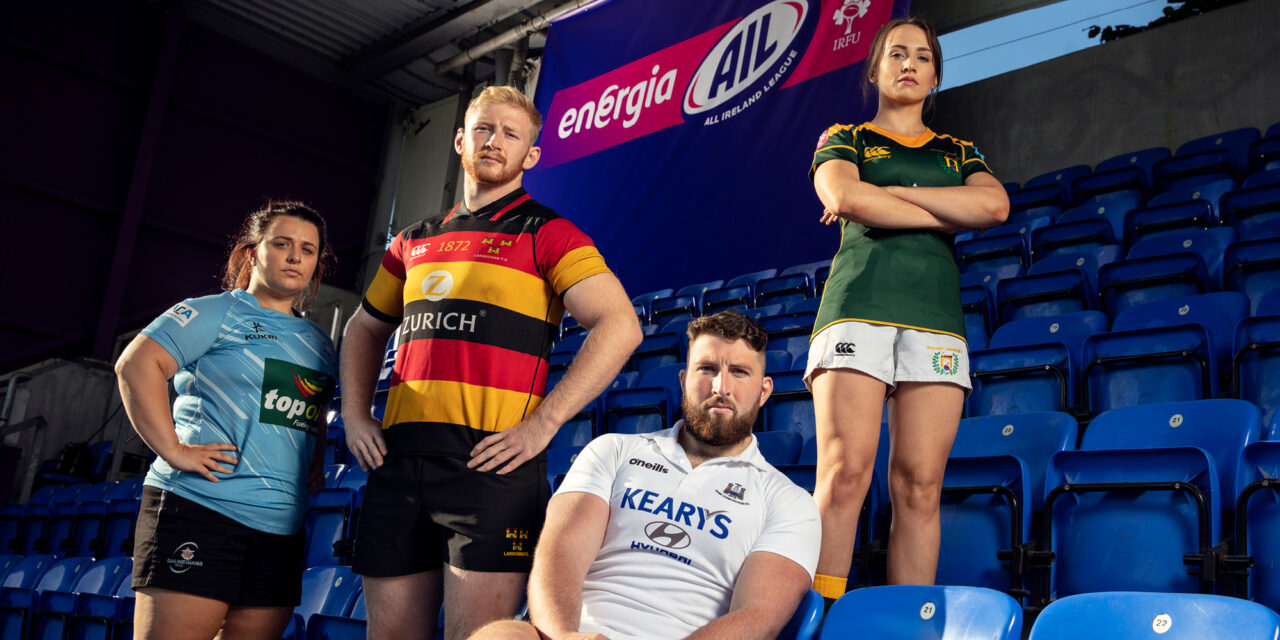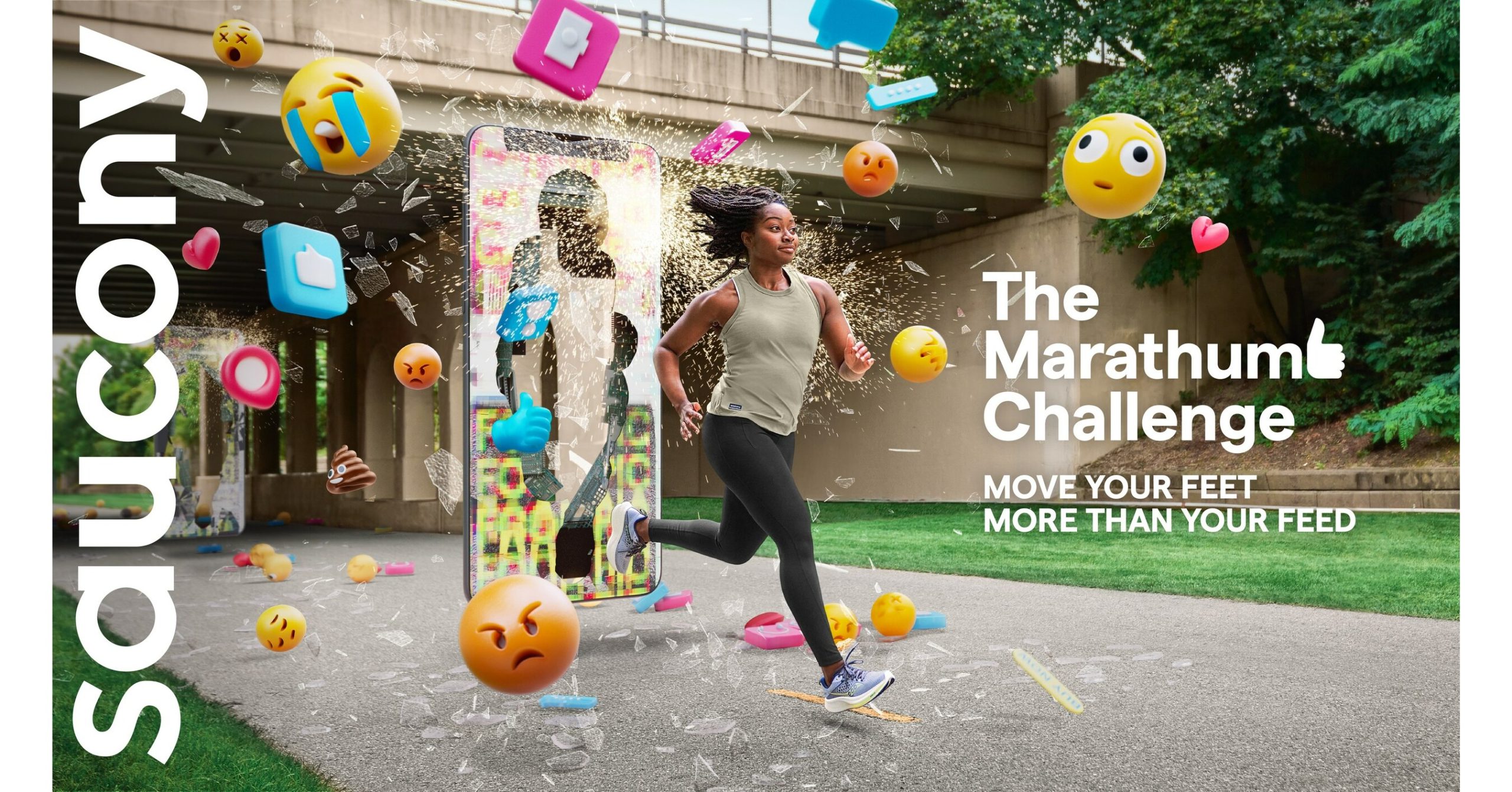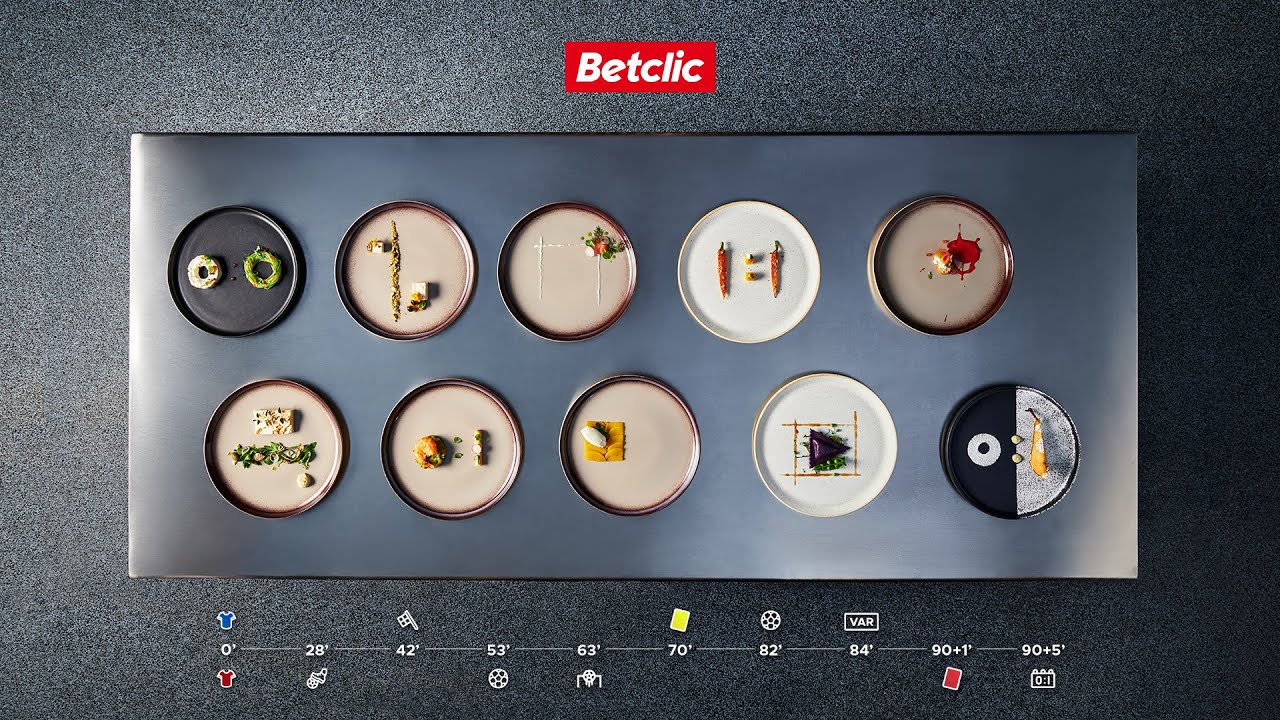Launched in early March as fans across the USA began filling out their brackets for the annual NCAA division 1 college basketball tournament, Adobe activated around the national obsession with an analytics based campaign aimed at helping fans ‘Hack the Bracket’.
The campaign is built on the insight that every year millions of hoops fans trick themselves into thinking they can build brackets that will last beyond the tournament’s opening weekend and every year 99% of brackets are broken by the tournament’s second round.
To help millions of March Madness bracket geeks, 2018 saw Adobe offer its enterprise-grade data tool, Adobe Analytics, to the public through the duration of the tournament to help build better brackets.
Called ‘Hack the Bracket’, the campaign is built on the claim that Adobe’s analytical tool offers the best data-based match-up predicts available.
Promoted across Adobe’s digital and social channels (including Twitter
We just opened up Adobe Analytics to the public for the first time—EVER—so college hoops fans have the insights they need for a shot at a perfect bracket. Start analyzing: https://t.co/T7VvmEsupO #HackTheBracket pic.twitter.com/yVgcp6Ppr5
— Experience Cloud (@AdobeExpCloud) March 13, 2018
We caught a little part of the madness this March. So, we channeled it to bring you some sweet insights around college hoops. Full report: https://t.co/1TGGhSyiAz Build your bracket with @AnalyticsCloud: https://t.co/x9ChTbmyi7 #hackthebracket pic.twitter.com/jGGAbegUQa
— Adobe Insights (@AdobeInsights) March 14, 2018
College hoops fans love their gear. T-shirts account for 1/3 of all products sold across all tournament teams in March. Sweatshirts are the runner up. https://t.co/Snb7o0wpjV #hackthebracket pic.twitter.com/YvsBg5SYrI
— Adobe Insights (@AdobeInsights) March 15, 2018
and Facebook),
the initiative revolves around a bespoke microsite at http://exploreadobe.com/hack-the-bracket/.
Adobe also released a project ‘walk through’ video on its YouTube channel.
Adobe’s tool uses data from SportRadar: with metrics generated from 56,000 different games loaded into the system spanning statistics covering everything from field goal percentages and blocked shots, to fouls drawn and, of course, wins and losses.
The Adobe Analytics tool enables fans to compare any two teams side-by-side and thus to identify statistical advantages and base decisions on the percentage chance that the system gives each team to win the game.
The system is customisable, so fans can programme it to look at as many or as few metrics as they think matter: thus each player is basing decisions on different data sets.
Comment:
The objective is simple: use sports statics in a fun, fan-led initiative to demonstrate the data skills and benefits offered by the brand.
The activation is designed to help consumers understand how Adobe Analytics helps visualise and analyse complex sets of data, then take immediate action to improve outcomes.
Of course, the initiative comes with plenty of liability warnings: “Adobe does not make any warranties about the completeness, reliability, and accuracy of the predictions provided below. Any action you take upon the predictions provided herein is strictly at your own risk, and Adobe will not be liable for any losses and damages in connection with the use of these predictions.”
The campaign highlights the fact that two-thirds of all Fortune 100 companies use Adobe Analytics to curate data reports: indeed, both Major League Baseball and the National Basketball Association both use the platform.
This isn’t the first time a tech-brand has taken a data led, tool-based approach to activating around March Madness,
This year also sees the rights-holder, the NCAA, partner with Google Cloud (The Official Cloud of the NCAA) on a data-led tournament tool called ‘Advanced Bracketology’ (see case study).
While back in 2017 SAP used its analytics cloud to best predict which teams had the greatest chance of surviving and advancing (https://www.sapanalytics.cloud/resources-march-madness/).
This initiative even included a ‘luck percentage’ element in order to calculate which teams had the best chance of pulling off an improbable, Cinderella upset win.
From Moneyball to X, sports has been increasingly using statistics for everything from training and coaching, to in-match decision making, trades and transfers.
This kind of marketing initiative adds a different element to the data strategy: helping fans make better predictions and perhaps even enjoy the game they love a little more.
Links:
Adobe Analytics
http://exploreadobe.com/hack-the-bracket/
https://theblog.adobe.com/adobe-levels-playing-field-march-hackthebracket/
https://www.youtube.com/channel/UC8I6bqCk7gO6YdoMz6W5fvw
https://twitter.com/adobeinsights?lang=en
https://www.facebook.com/AdobeExperienceCloud

